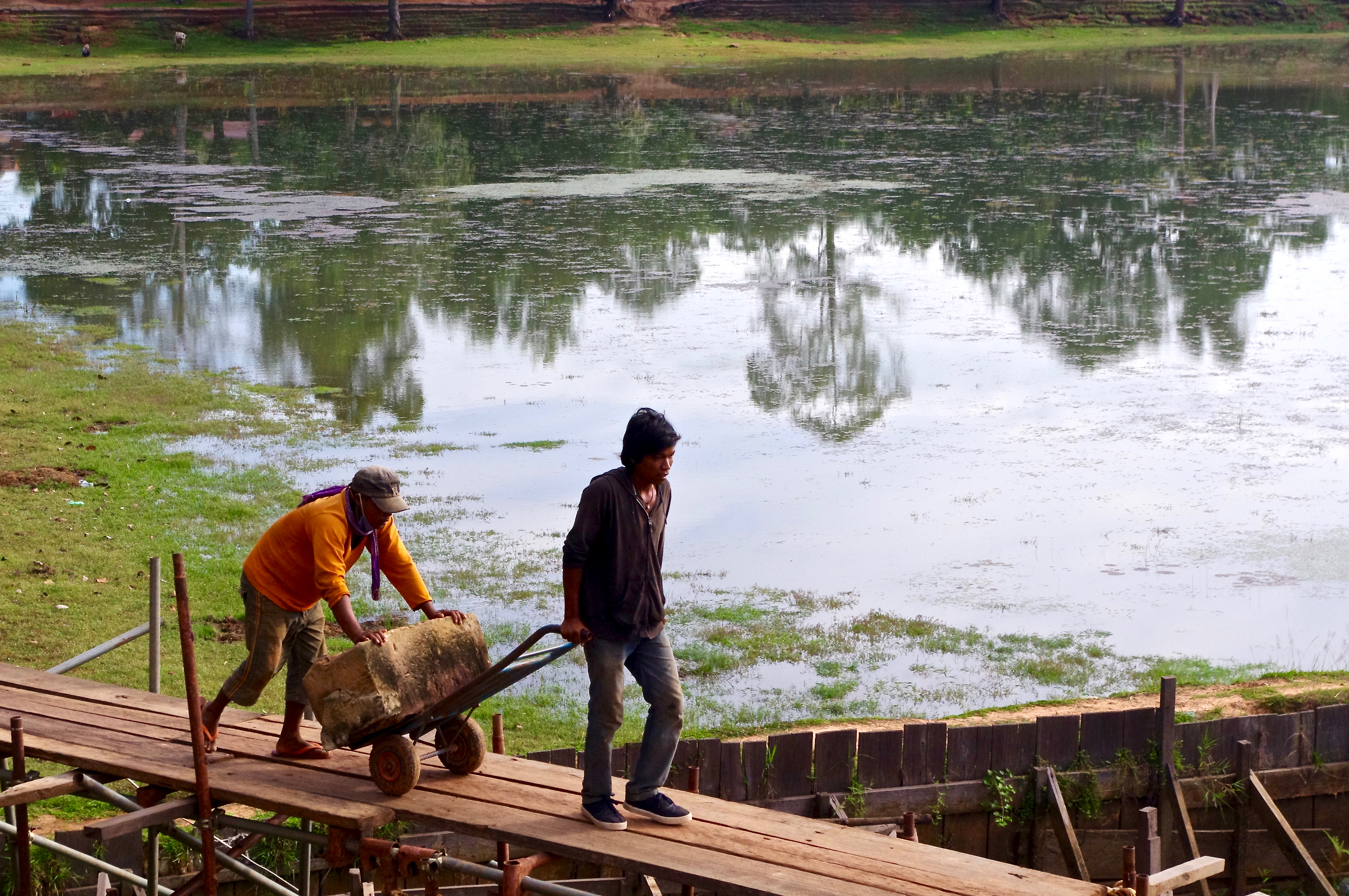Abstract
This paper evaluates how customary justice systems align with juvenile justice standards as set out in the Beijing Rules. It considers a dataset of 3,894 interviews conducted by the Terre des hommes foundation with 259 customary actors in Afghanistan, Egypt, Lebanon, Burkina Faso, the West Bank and Gaza Strip. It is argued that reforming customary systems to better resemble access to justice mechanisms — at least from a child welfare perspective — may be wrongheaded. Instead, customary justice systems might be conceptualised as a potential juvenile justice tool. From an efficiency and scalability perspective, such an approach has intuitive appeal. As well as handling a majority of dispute resolution, these systems naturally divert children away from formal legal processes, shield them from detention, facilitate rehabilitation and promote reintegration. The question should hence be how current policies and programming might be reconceptualized to capitalize on customary justice systems as a response to the deficits in juvenile justice in the developing world.


